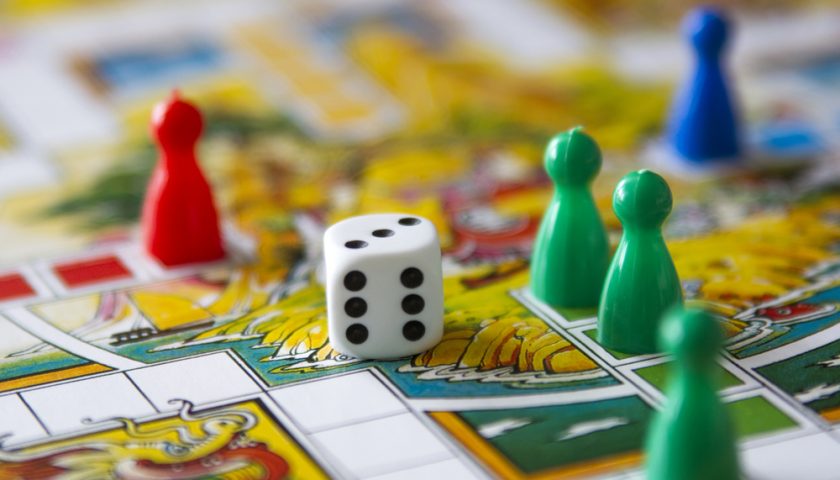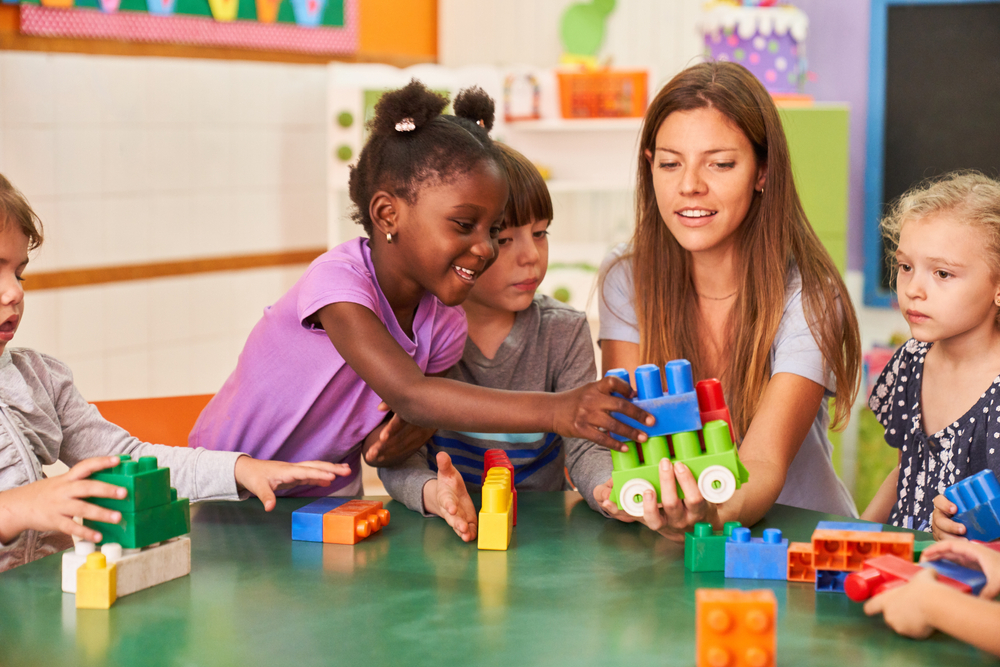Play activity is one of the best ways for kids to learn new things. It’s important for formal learning later on, but it also helps a child feel good about themselves.
It improves the ability to focus, which is important for future success in the classroom. It is also the basis for learning everything from social norms and interactions to the beginnings of scientific thinking.
We believe being a working parent you must be concerned with the place where you can leave your children. You must be looking for a child care center where your child can grow in a healthy and learn full environment. Here are a few activities that you can suggest or look after when you leave your child in a day care center.
Table of Contents
Activities To Do In Child Care Center
Activities for kids in child care centers are more than just ways to keep them busy and out of trouble. They give kids the structure and environment they need to learn and get better at things as they grow up in your child care center. By choosing age-appropriate, fun activities for kids in child care, providers give kids the chance to challenge themselves, build confidence, and learn well in their first five years.
In this blog post, we’ll talk about educational activities that child care providers can do with kids to help them learn faster such as
Sensory Table
The activities at a daycare are about learning and having fun!!
The point of this activity is to give kids a chance to play with their senses of touch and smell. During the whole activity, they are blindfolded. The kids sit at a table in chairs. The teacher puts a bowl or basin on the table and puts different objects of different sizes, shapes, and textures in it. The challenge is for them to figure out what they are holding or touching.it helps to figure out if your child has speech delay . It can also be a lot of fun, especially when they go through things like peeled grapes that are slimy and soft.
Kid Disco
One of the hardest things about taking care of toddlers and preschoolers is that they seem to have a lot of energy all the time. This activity helps “channel” this energy in a way that is more helpful and less harmful. The lights are turned down, the curtains are shut, and old dance songs are played. The teacher dances with the kids, who all hold flashlights in their hands (creating their own disco ball effect). This is a great way for everyone to work out, and it’s also a lot of fun.
Greeting Cards For Loved Ones
This one gets the craft table and all the supplies out. With crayons, paint, glitter, stickers, and more, the kids let their creativity run wild. They are asked to write notes to their grandparents or anyone else who is important to them on cards that they make themselves. Not only is this fun for them, but it also pulls the
Signature Storytelling
This can help kids learn about old tales. The teacher reads a favorite storybook, and when a key part of the story comes up, she stops and challenges the child to change the story if he wants to. For example, you can ask, “What would you do if something like that happened to you?” or “Do you think the prince did the right thing?” This lets them use their imaginations and think on their feet.
Sand Play
Sand play is a great way for kids to learn about the basics of science, build self-confidence, and get stronger. Children learn how things work by scooping, digging, pouring, and sifting. This also helps them build their muscles and coordination. When done with a friend, it becomes about working as a team, sharing, and getting along with other people.
Play With Dough
Play dough has a lot of learning potential. Not only does it strengthen fingers so they can write for the rest of their lives, but it also teaches creativity, hand-eye coordination, and fine motor skills. Add beads to the dough to help kids work on their fine motor skills, or have them thread beads onto dried spaghetti held in the dough for more play value.
Dress-Up And Acting Out
Give the kids a bunch of costume pieces and props, like toy doctor’s kits, and let their imaginations run wild. You’ll soon find the future vet, doctor, nurse, astronaut, chef, or actor. Dressing up helps kids start to understand the world, roles, and interests of adults. It also helps them get along better with others. Not only that, but dressing up also helps kids learn how to take care of themselves, which is important for elementary school.
Drawing And Painting
Putting paints and drawing tools in the hands of kids and letting them do whatever they want with them gives them a sensory way to learn about their world and helps them express themselves. It also helps them get ready for writing. Also, it is a call to learn about colors, mixing, and just plain cleaning up! One study reveals the effect of drawing on memory performance in young children.
Blocks, Jigsaw Puzzles, And Shape Sorters
Blocks, jigsaw puzzles, and shape sorters all help kids learn how to think about space, use logic, put things in order, and recognise different shapes, sizes, and colours.Such kind of activities help you to understand that your child is growing normally.
Running, Jumping, Climbing, Swinging
Young kids have to move all the time. By letting them take risks and giving them safe challenges that are right for their age, they can build their confidence and learn to deal with problems. Of course, it also helps a lot with gross motor skills. One study reveals the effect of physical activities on both motor skills and cognitive development in preschool children.

Simple Board Games
There are a lot of board games that even young kids can play, and these should be used not only for their fun value but also for what they can teach. In addition to teaching kids about numbers, colors, shapes, and early phonics, these games help them learn how to take turns and share.
Things To Consider
When you check out a possible site, watch how the staff interacts with the kids. In an ideal situation, a caretaker would be playing with the kids on the floor or holding one of them in her lap. For the first few years of their lives, babies need close, loving relationships with adults who play with them. Because of this, it’s especially important that babies’ first caregivers are warm and responsive, and that even in group care, infants and older babies get enough one-on-one time.
This time helps them in learning through different playful activities. It also helps you to detect a lack of major milestones in your children. For example, your children might start walking as other children or he has delayed speech. In this situation, please contact your nearest doctor, he will evaluate your child and will suggest treatment.
